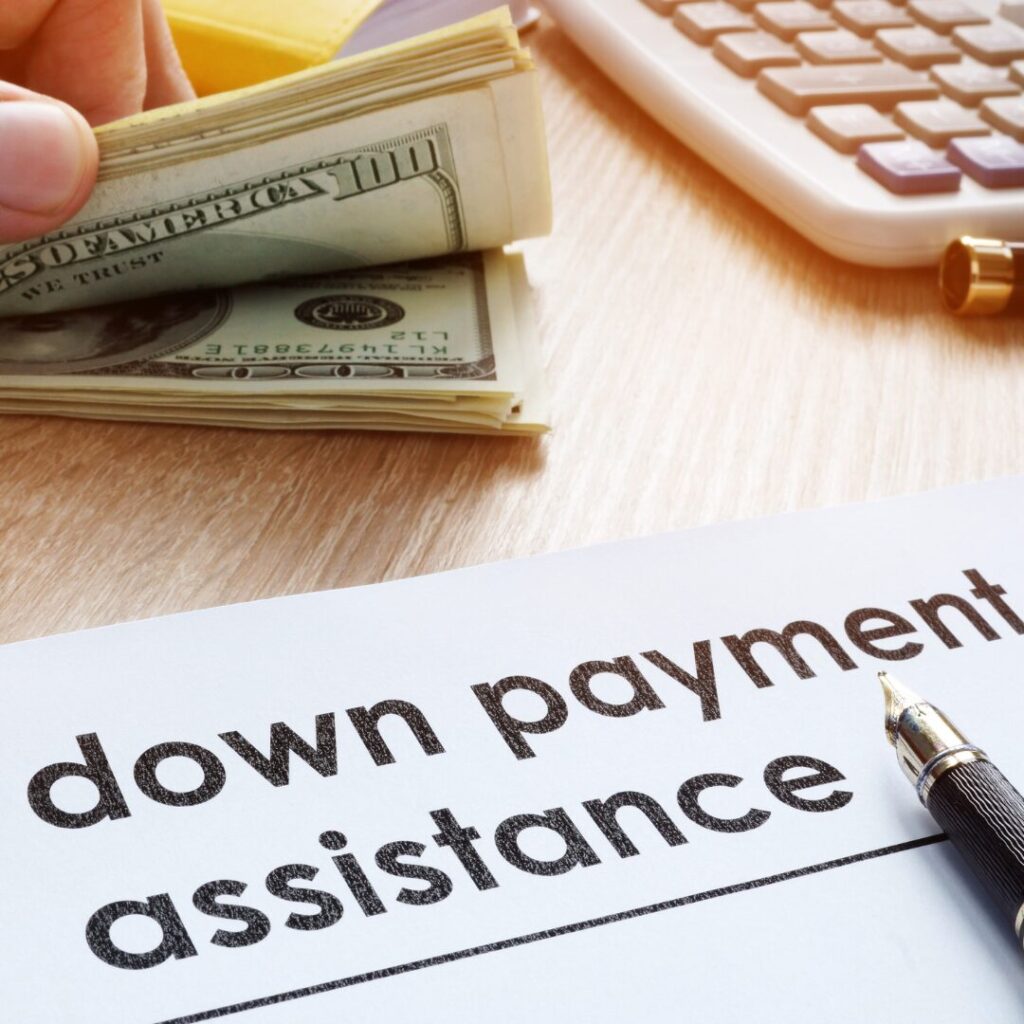Down Payment Assistance Program (DPA)
Highlights of the Down Payment Assistance Program
(1) Can help cover part (or all) of your down payment and sometimes closing costs (2) Assistance can come in different forms — grants, forgivable loans, or low-interest loans (3) Some DPA options are available for repeat buyers or those purchasing in specific areas

Eligibility
Here are some of the eligibility requirements for the Down Payment Assistance program. Select ‘Get Started’ to check if you’ll be a good fit.
Most programs have income limits based on your household size and the area where you’re buying. Typically, your income needs to be at or below 80-120% of the area’s median income (AMI).
Many DPA programs are designed for first-time homebuyers, which usually means you haven’t owned a home in the last 3 years.
A credit score of 620+ is often required, but some programs may accept lower scores with additional requirements.
Most DPA programs require completing a homebuyer education course to prepare buyers for the responsibilities of homeownership.
The home must be your primary residence — DPA funds can’t be used for investment properties or vacation homes.
Some programs may have limits on the amount of liquid assets you can have to qualify.
Common Questions
Do I have to pay back the assistance?
It depends on the program. Some offer grants that don’t need to be repaid, while others provide forgivable or low-interest loans that may need to be repaid if you sell or refinance within a certain period.
How much assistance can I get?
The amount varies by program but typically ranges from 3-5% of the home’s purchase price, which can be applied to your down payment and sometimes closing costs.
Can I combine DPA with other loan programs?
Yes! Many DPA programs can be used with FHA, VA, USDA, and conventional loans, giving you flexibility to choose the best option.
Is a homebuyer education course required?
Yes, most DPA programs require completing a homebuyer education course to ensure buyers understand the responsibilities of homeownership.
Can I use DPA for an investment property?
No, DPA programs are typically for primary residences only — not for investment properties or vacation homes.
Other Info
Time Limits and Residency Requirements
If your DPA is a forgivable loan, you’ll likely need to stay in the home for a certain period (usually 5 years or more) to avoid repayment.
DPA May Impact Loan Terms
While DPA reduces upfront costs, some programs may slightly increase your interest rate or require you to use specific lenders or loan products.
Limited Funds and Availability
Many DPA programs operate on a first-come, first-served basis or have limited funding available, so it’s best to apply early.
Post-Purchase Counseling May Be Required
Some programs require ongoing financial counseling after purchasing your home to ensure long-term success as a homeowner.
Can Be Combined with Seller Contributions
In some cases, DPA funds can be combined with seller concessions to further reduce your out-of-pocket costs.
